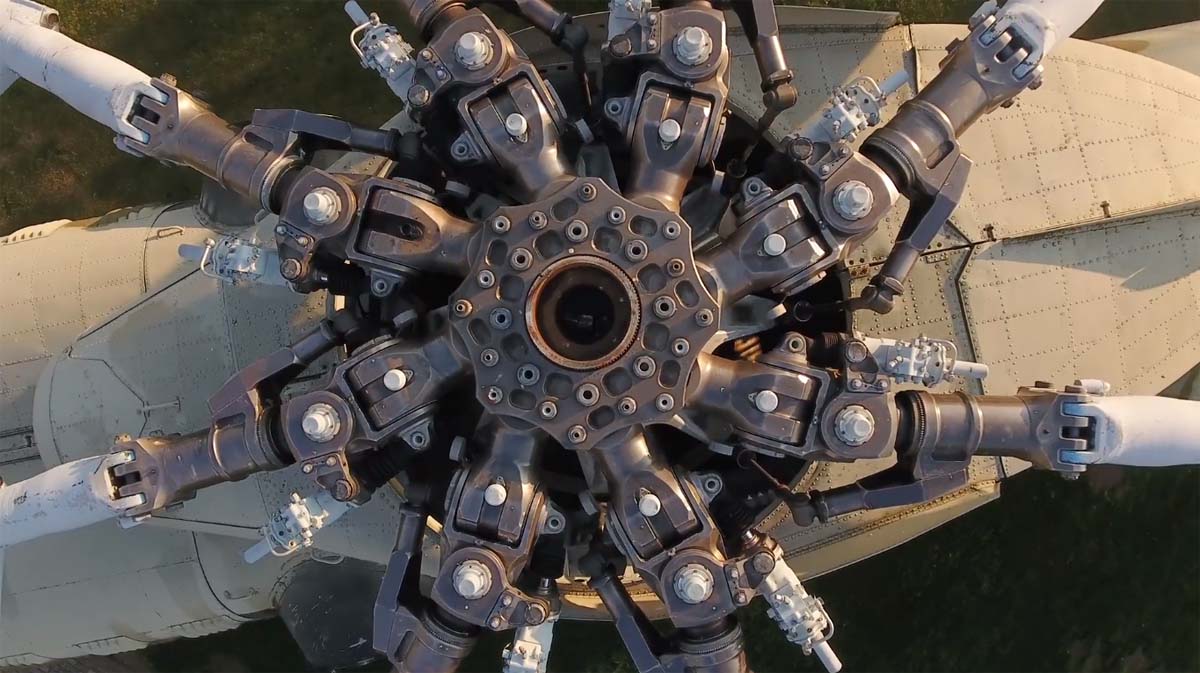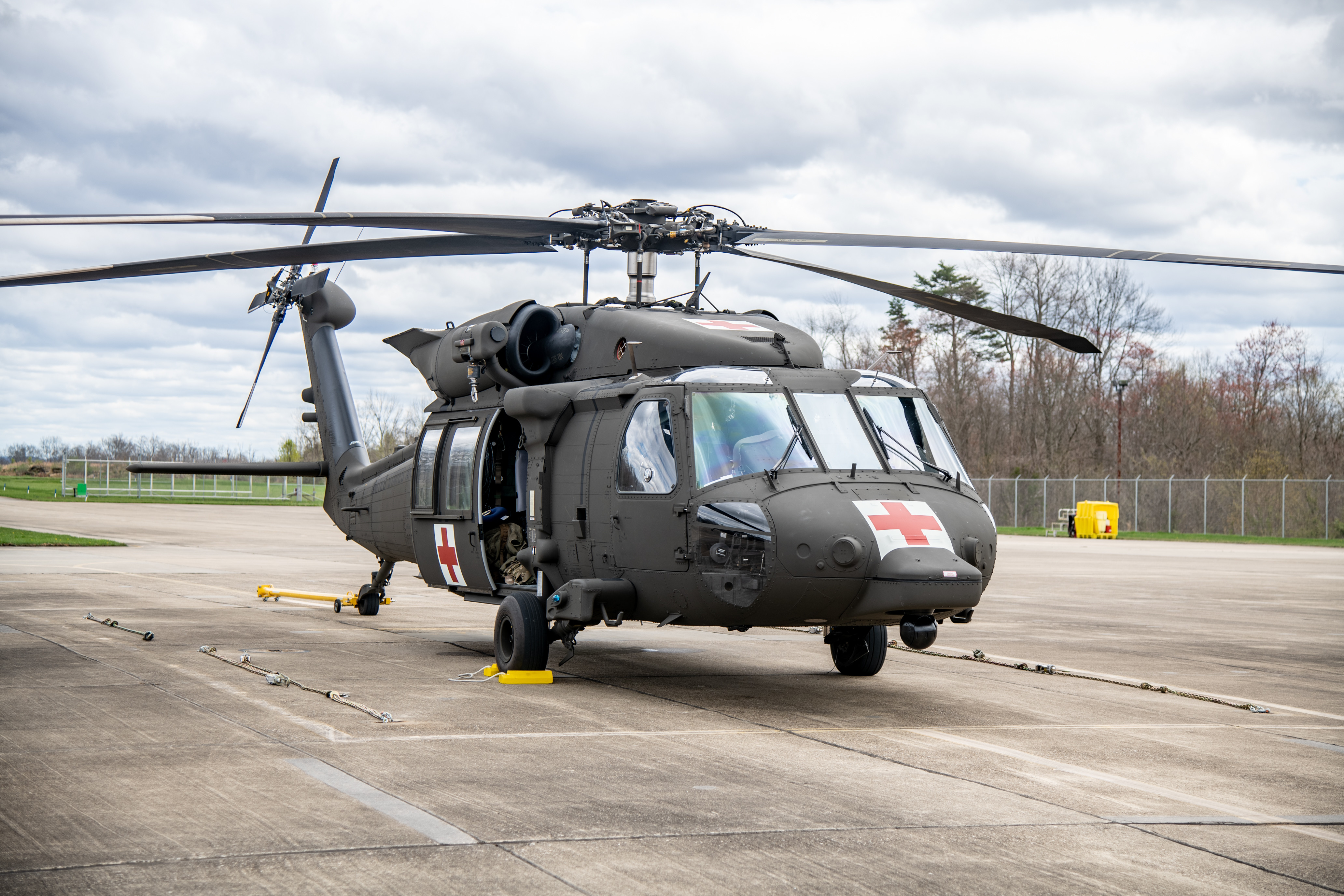UH60 Blackhawk Helicopter: Providing Superior Logistical and Military Support
A Comprehensive Guide to the Capacities and History of the UH60 Blackhawk Helicopter
Given that its inaugural flight in 1974, the Sikorsky UH-60 Blackhawk has advanced from a tactical transportation helicopter into a cornerstone of army procedures worldwide. Its extensive usage in varied duties-- from combat objectives to altruistic alleviation-- emphasizes its adaptability and resilience. As we check out the Blackhawk's journey and its profound influence on both warfare and help goals, one could wonder exactly how emerging technologies will form its future payments to global defense strategies.
Evolution of the UH-60 Blackhawk: From Idea to Release

Officially presented to the Army in 1979, the Blackhawk was a substantial innovation in rotorcraft modern technology, featuring twin engines for greater power and redundancy, an unbreakable body, and progressed avionics. Its capacity to bring 11 fully furnished soldiers or a 2600-pound payload highlighted its versatility and boosted operational abilities. Throughout the years, it has been continually upgraded to include the most recent in military innovation, guaranteeing its importance in contemporary military operations.
Secret Objectives and Roles of the UH-60 Blackhawk in Modern Problems

Numerous key goals underscore the UH-60 Blackhawk's crucial function in modern-day disputes. Its adaptability makes it an asset throughout varied procedures, consisting of troop transport, medical evacuation, and search and rescue. The Blackhawk's ability to quickly deploy soldiers right into warm zones, often under heavy fire, exhibits its importance in tactical army involvements. Especially, its usage in the 1991 Gulf Battle and subsequent disputes like those in Afghanistan and view website Iraq highlights its effectiveness in fight and non-combat scenarios alike.
The helicopter also plays a crucial function in humanitarian missions. The Blackhawk's adaptability prolongs to special procedures, where its stealth and agility are vital.
Technological Enhancements and Future Leads of the Blackhawk Fleet

Looking in advance, the future of the Blackhawk fleet appears concentrated on raising versatility and survivability - uh60 blackhawk helicopter. Strategies are underway to apply autonomous trip abilities, potentially reducing crew risks throughout high-threat objectives. Furthermore, hybrid-electric innovations are being checked out to boost endurance and reduce the helicopter's acoustic signature. These advancements intend to maintain the UH-60 at the center of rotary-wing tactical procedures, guaranteeing its significance in contemporary war and altruistic missions for several years to find.

Final Thought
The UH-60 Blackhawk helicopter has constantly shown itself as a crucial property in humanitarian and armed forces fields. From its creation in the 1970s to its crucial roles in significant global conflicts, the Blackhawk has adjusted via substantial technical advancements. As it embraces future upgrades, including potential independent innovations, the Blackhawk is poised to stay a critical tool in both defense and help missions, showing its enduring significance in modern operations worldwide.
Because its inaugural trip in 1974, the Sikorsky UH-60 Blackhawk has actually progressed from a tactical transportation helicopter right into a cornerstone of armed forces operations worldwide.The UH-60 Blackhawk helicopter, established by Sikorsky Airplane, began as a visionary project in the early 1970s intended at fulfilling the U.S. Military's strict needs for a tactical transportation helicopter - uh60 blackhawk helicopter.Several crucial goals look at these guys emphasize the UH-60 Blackhawk's crucial role in modern conflicts.The UH-60 Blackhawk helicopter has constantly proven itself as an essential possession in army and humanitarian sectors. As it accepts future upgrades, consisting of prospective independent innovations, the Blackhawk is positioned to remain an important tool in both protection and aid missions, reflecting its enduring relevance in contemporary operations worldwide